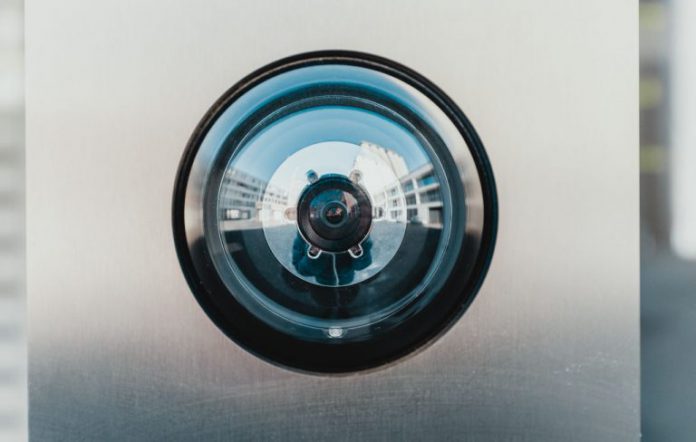The top technology developments for 2020 that the consulting company says next year – and past – businesses and investors should have on their radars.
Some of the key trends are leading automation, cloud, and edge computing, and things are related.
Top 7 Technology Trends for 2020 are as follows:
Hyperautomation
The movement towards hyper-automation enlists technology such as artificial intelligence (AI) and machine learning (ML) to automate standard jobs that were once performed by humans but are now performed by computers. In addition to repeatable functions, hyper-automation expands conventional automation to include more advanced AI-based automation and innovations such as virtual twins. For example, rental car companies are investigating how automated methods can be used to allow consumers to rent a car or complete other customer assistance tasks.
Multi experience
The digital skills of today are much more immersive, reaching beyond the computer’s confines. That’s because technologies like Augmented Reality (AR), virtual reality, and conversational interfaces extend the digital life beyond a device’s confines into the physical world. The user experience of digital inputs will change significantly in terms of how users look and communicate with the digital world, from voice-based directions to scheduling conflicts to AR-based apps to building a new kitchen.
The democratization of aptitude. Clients currently have simple access to innovation through disentangled interfaces, which makes innovation available to tenderfoots just as specialists. This pattern comes to fruition in numerous structures, from making it more straightforward for business clients to expend information and investigation to resident improvement, which empowers no-code or low-code situations to create applications rapidly.
Human augmentation
This trend helps people to improve mental or physical activities through technology. Implants of innovation and wearable devices will enhance the physical capacity of people, whereas innovations such as AR and VR may facilitate mental improvement. Data governance and information protection display important issues as systems powered by software become more relevant to business activity. Therefore, openness and traceability tackle a variety of strategies to ensure that businesses meet with administrative claims, implement ethics as they integrate emerging technologies into their activities, and introduce policies to address the lack of trust in companies.
The empowered edge
Edge computing technology takes data closer to those applications which process information relative to hierarchical systems. Although cloud computing frequently involves a round trip for data transmission – from the system to the cloud and back again – edge-localizing information will reduce traffic congestion and provide users without delay with actionable data. Applications are requiring millisecond-fast response time gain from edge models. Still, with the emergence of the Internet of Things (IoT) phones, the edge guide will be useful to many consumers. Therefore, 5 G mobile technology will improve edge abilities. When networks have built up 5 G coverage at the edge, larger size and frequency can be allowed.
Cloud computing
Although cloud computing has traditionally been hierarchical, it is taking hold of new decentralized cloud architectures, providing services in various locations. In exchange, a single public cloud vendor takes the capacity to run, maintain, and upgrade resources as they grow. Categorized architectures can bypass some of a centralized model’s regulatory, security, and latency issues. They also work collectively with the structures of edge computing and micro-data center.
Blockchain
A blockchain is a shared, distributed, protected entry that allows for activities that not based on central authorities, such as banks. A blockchain decreases the risk of identity theft during activities because a network of connections responsible for verifying transactions in every block checks each sale. The marine industry uses shipping manifests and other records to register and track goods and services.
AI security
AI security has three parts: (1) data protecting by AI-based devices; (2) using AI to identify cyber warnings in an environment; and (3) using AI nefariously to target groups.




